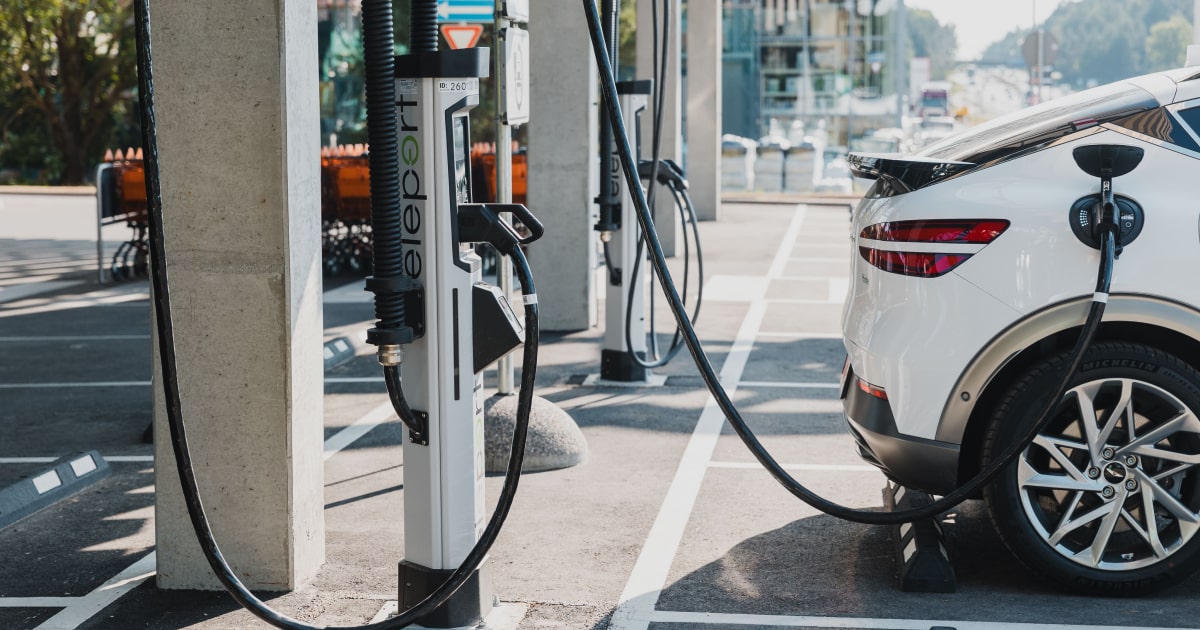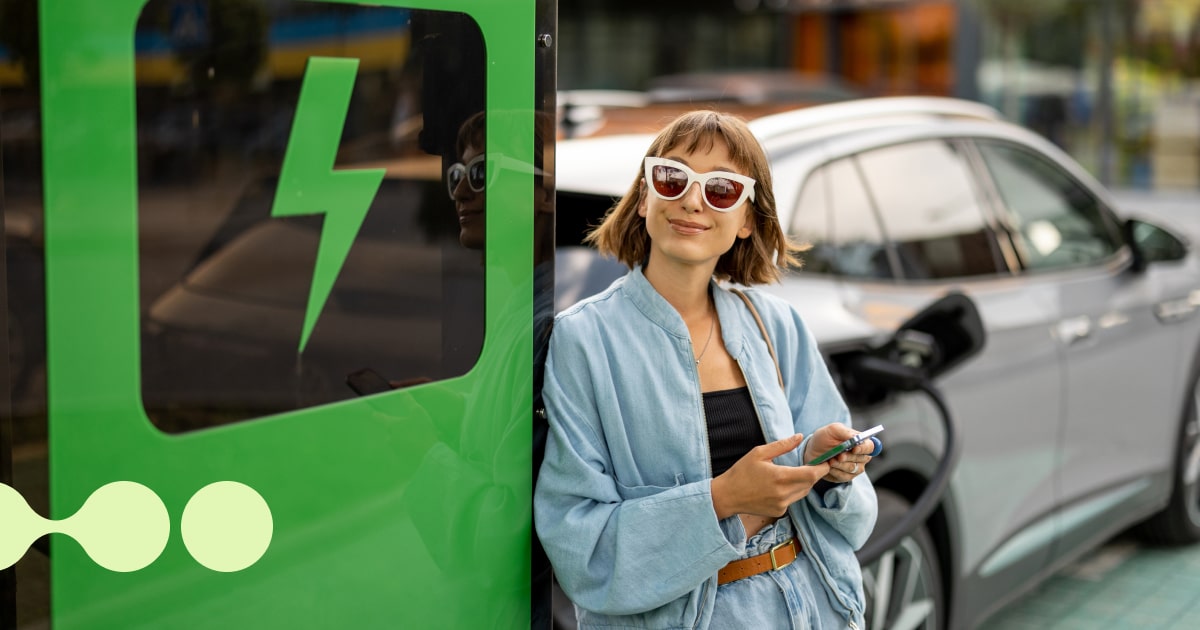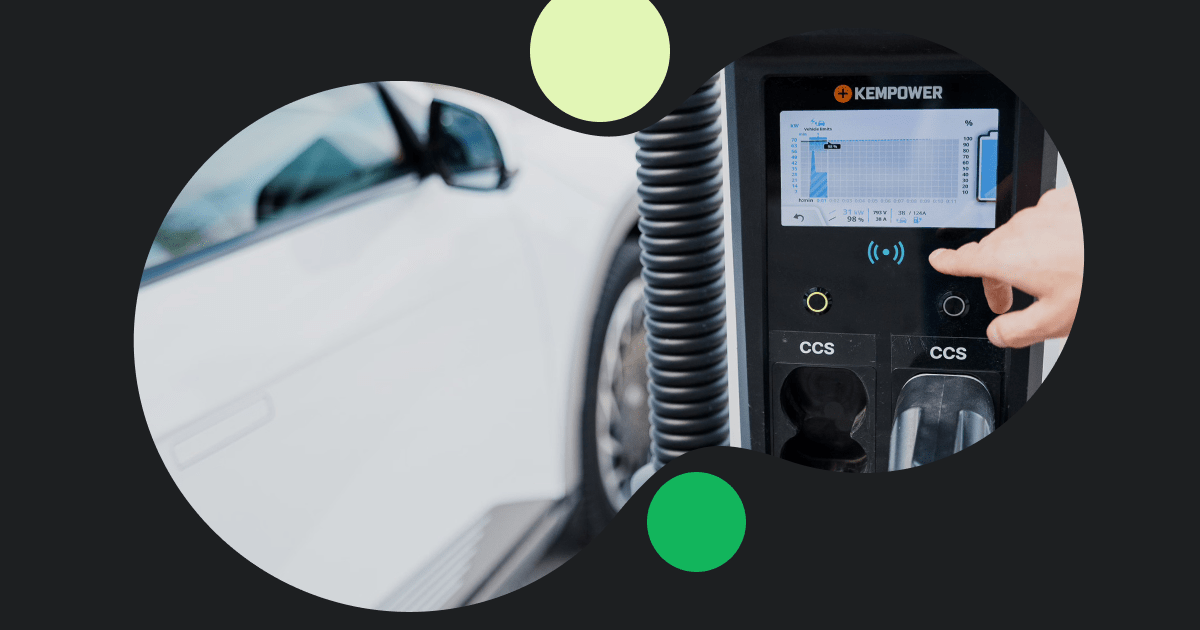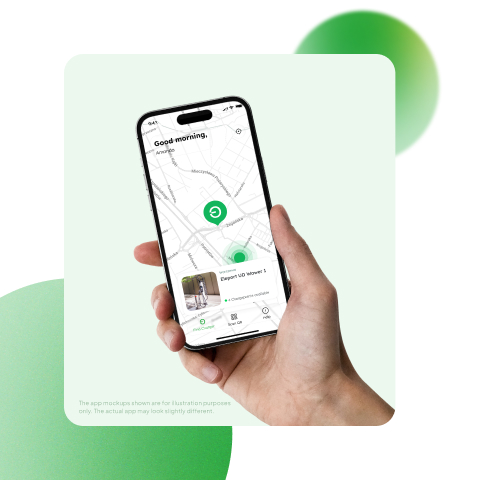In a city parking garage, electric cars charge while drivers go to work. At a nearby supermarket, another row of vehicles connects to fast chargers while the owners shop. These scenes are now part of everyday life across Europe.
As of 2025, Europe has surpassed 1 million public charging points, supporting a growing fleet of over 1.99 million new electric vehicles added to our roads last year. Charging no longer depends on just home setups. It happens in public spaces—integrated into workdays, errands, and travel routes.
Public infrastructure has advanced quickly. Ultra-fast chargers now deliver 100 kilometres of range in around five minutes, and networks continue to expand across urban centres, highways, and residential areas.
This article breaks down EV home charging vs public charging by comparing real-world use, cost, and access. It also compares EV charging at home vs. public as a lifestyle choice and highlights how the Eleport charging station network supports drivers across Europe with fast and reliable public fast charging infrastructure.
Why EV Charging Has Become a Lifestyle Choice
The way EV drivers approach charging has shifted alongside changes in mobility patterns. Electric vehicles are now used for more than short urban trips—they serve as daily transport, long-distance cars, and everything in between. While EVs were bought as the second car to the family at first while relying on ICE cars for long trips, the same families have now often opted to ditch the ICE car indefinitely and use the EV for all the trips needed. This shift has brought charging into the natural flow of everyday life.
Many drivers no longer think of charging as a separate task. It has become something that adapts to the lifestyle without extra effort, not vice versa. The growing availability of public chargers means power is available right where people already spend time. This convenience reduces dependency on a fixed location or long overnight sessions at home.
Public charging provides a practical alternative in dense urban areas, where private driveways and garages are uncommon. It supports EV ownership for those in shared buildings, rented properties, or areas without the capacity to install personal home charging points. This flexibility, having nearly endless possibilities to plug in, plays a direct role in wider EV adoption.
EV Home Charging VS Public Charging
As electric vehicle adoption rises, one question keeps coming up: Should I charge at home or rely on public stations? Both options come with trade-offs in cost, convenience, and long-term practicality.
Understanding EV Home Charging

Home charging works best when you have some space where you park and the right electrical setup. It usually means a dedicated unit installed near your parking spot, often connected to your home’s main power.
Benefits of Using a Home Charger
- Easy and fast to use once installed. Park, plug in, and forget about it.
- Costs are lower than public rates, especially with off-peak energy.
- Charging can be scheduled, tracked, and managed through smart apps.
Trade-offs Compared to Public Chargers
- Setup isn’t cheap. Depending on the wiring and charger, it could cost over €1,000.
- Requires a private parking space, which is unavailable to many city residents.
- Older buildings may not be able to support their power needs without electrical upgrades.
Exploring Public Charging
Public charging has expanded as quickly as the EV uptake, and is now part of daily life. Using public charging stations is no longer a backup plan. Drivers plug in while they shop, work, or travel, with chargers now common at supermarkets, gyms, business parks, and along major highways. EV drivers are starting to choose which place to visit for their shopping, gym or other needs, based on whether the location has charging available.
Why Public Charging Works
- Makes EVs possible for people without a driveway or garage.
- Fast chargers add 100 km of range in 5-10 minutes, which is ideal for top-ups.
- Long-distance travel is easier, especially for vehicles with larger battery capacity, thanks to ultra-fast charging networks that cover major routes.
What to Consider
- Prices can vary depending on speed, charging provider, and time of day.
- Some locations still have limited amount of chargers, especially outside cities.
- Peak hours can mean waiting or holiday seasons, though this is improving year by year.
Eleport EV Charging Stations Network

Eleport is one of the fastest-growing EV charging networks in Central and Eastern Europe. With operations in six countries and counting, it focuses on building public infrastructure where people actually need it: city centres, shopping hubs, business parks, and residential districts.
The company’s mission is simple—make EV charging effortless, accessible, and climate-friendly. And they’re not just expanding—they’re scaling smart. In 2024, Eleport acquired TurboVolt, expanding its network into Croatia and Slovenia and enhancing cross-border coverage.
Eleport Public Charging Solutions
Eleport’s core strength is public access. Their stations are where people spend time: near offices, shops, gyms, and transit routes. That means drivers can charge while living their lives—no extra stops or rerouting required.
Through the Eleport app, users can:
- See nearby stations and availability in real time
- Start and stop charging sessions
- Track costs and usage
- Pay seamlessly with one account
All energy in Eleport fast chargers comes from 100% renewable sources, which means with every charge at Eleport, your EV runs on clean energy by default.
Note: Eleport does not currently offer residential installation services—its focus is entirely on scaling public charging access.
Advantages of Using Eleport
Eleport isn’t trying to reinvent the way people charge. It’s focused on making it easier. The network is designed around real-world habits—short stops, daily commutes, long weekends, and everything in between.
Here’s what makes Eleport stand out:
- Fast charging with minimal downtime
- Transparent pricing, with no hidden session or connection fees
- Wide coverage across urban and suburban zones
- Seamless cross-Europe experience for roadtrips
- Reliable performance, with consistent station availability and support
In short, it just works—without overcomplicating the process.
Cost Comparison

When comparing the costs of EV charging at home vs. public, it often depends on access, location, and how often you drive. Home charging is cheaper per kWh if you can install a charger and qualify for the off-peak rates from the utility. But public charging brings speed and flexibility. Here’s a rough breakdown of the price differences:
| Charging Method | Avg. Price per kWh | Approx. Cost per 100 km |
| Home | €0.13 – €0.16 | €2.6 – €3.2 |
| Public (Eleport) | €0.25 – €0.40 | €5 – €8 |
For those without a home charger or who prefer the flexibility of public access, networks like Eleport offer a clear and scalable alternative. Depending on the daily driving needs, EV drivers can find that they only need to plug in once a week, be it on a quick shop run or when spending time at any entertainment venue. And with pricing models based on station type and speed, it’s easy to balance cost and convenience in the EV ownership.
Environmental Impact
Both public and home charging methods reduce emissions compared to petrol or diesel vehicle use. However, the true environmental impact depends on the power source.
- Home charging varies depending on your energy provider and whether you’re on a green tariff.
- Eleport’s public stations run exclusively on renewable electricity, offering a lower-carbon solution regardless of where or when you charge.
And by supporting drivers who can’t install at home, public networks also accelerate EV adoption, helping reduce emissions on a larger scale.
Conclusion
EV home charging vs public charging is rarely a clear-cut choice. For many drivers, the balance between EV charging at home vs public depends on access, lifestyle, and infrastructure.
If you have a private garage and a regular commute, charging at home might be cheaper. But public networks make more sense if you live in a city, rent your space, or just prefer the speed and flexibility of fast charging. In reality, most V drivers combine the home charging with public top-ups to make the best use out of their EV ownership over time.
For millions of EV drivers across Europe, owning an EV without home charging is completely doable—and in some ways, even easier. Thanks to Eleport charging stations, powering an electric car is no longer tied to your address. It’s something that happens naturally—while you’re shopping, working, or just out living life.



